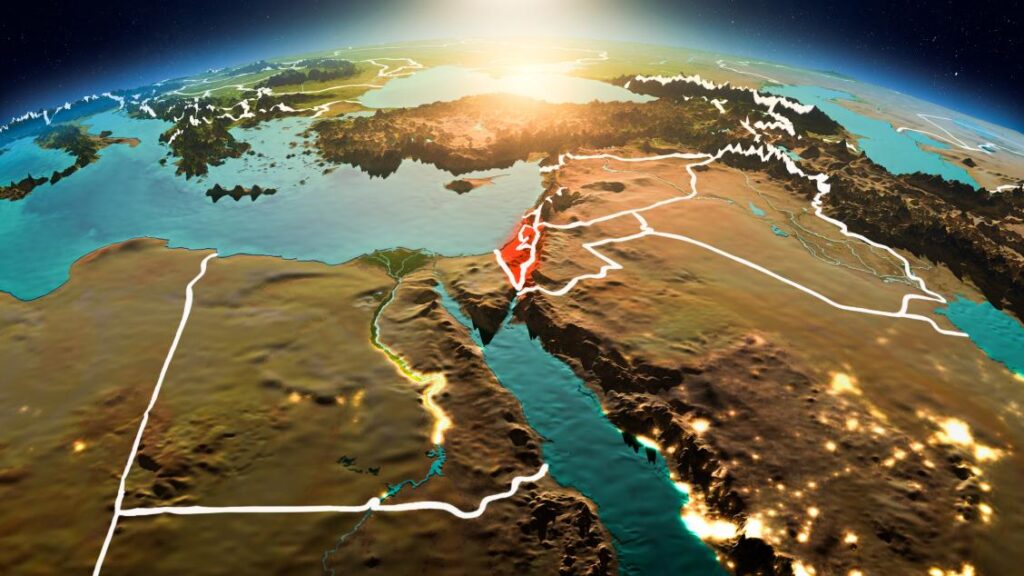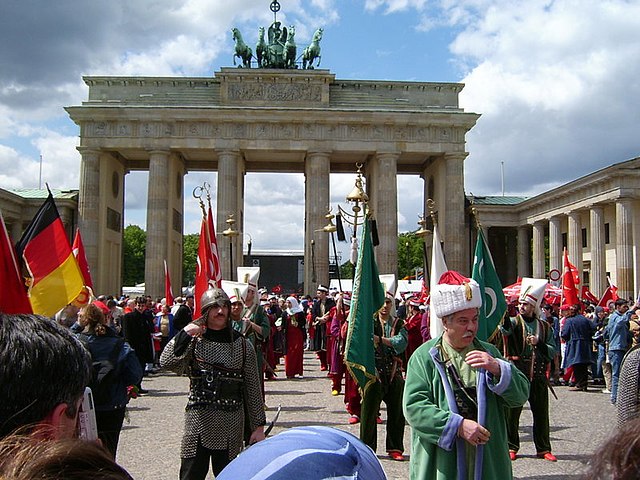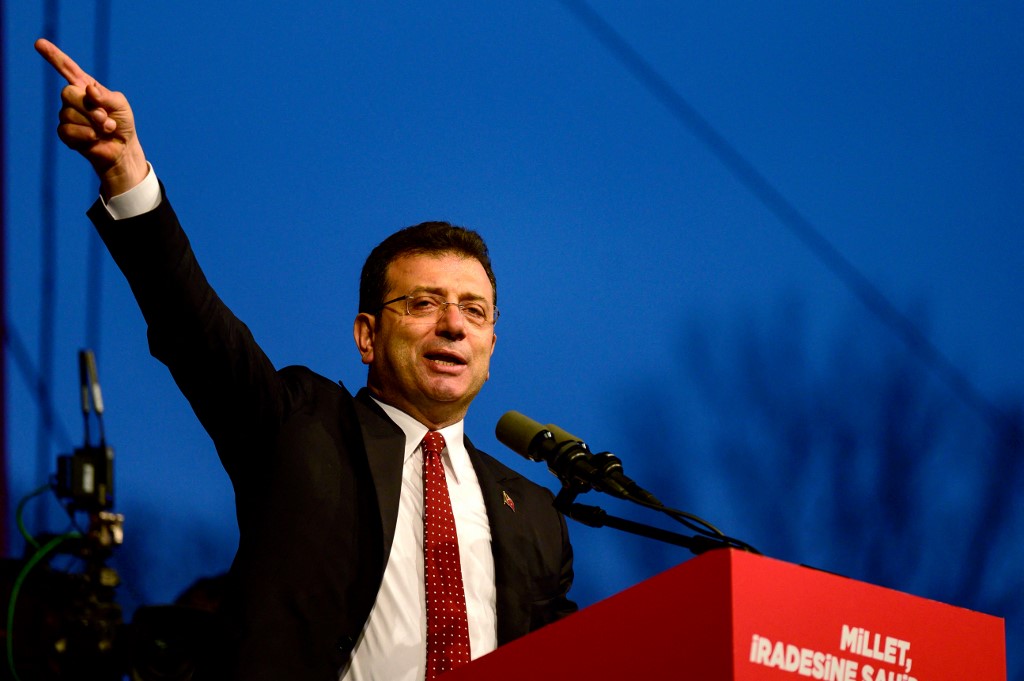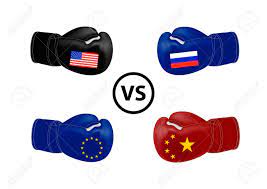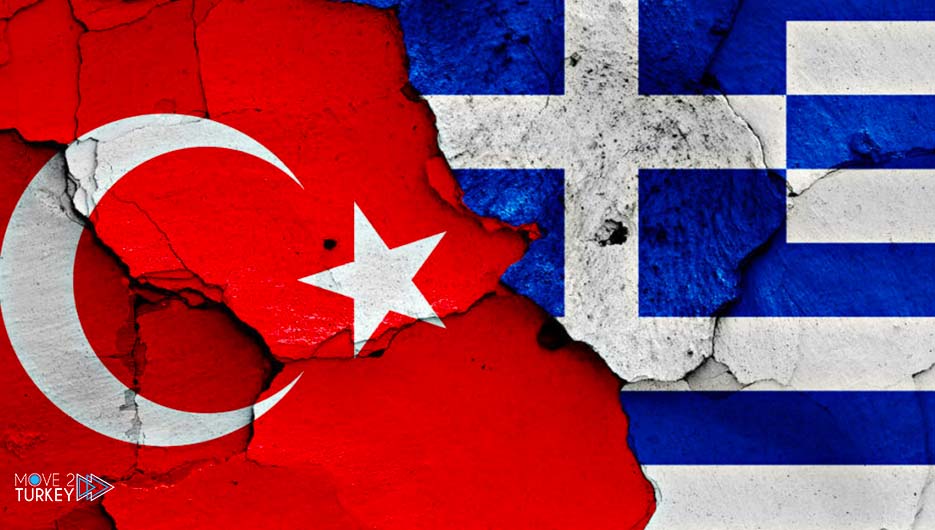Who are The Turks?
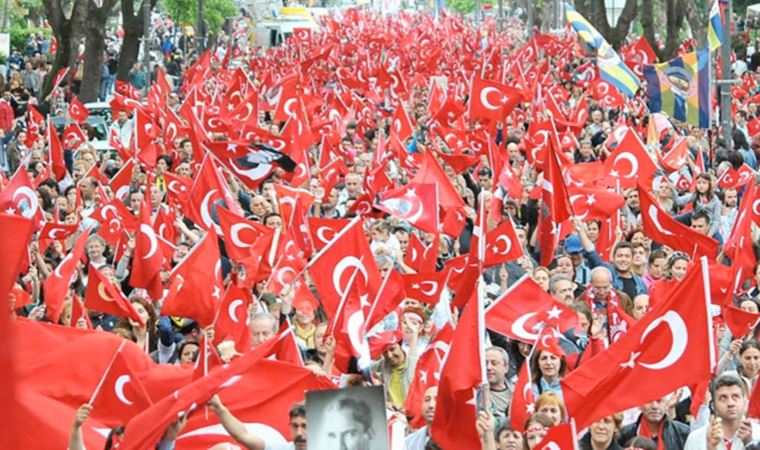
Who Are The Turks?
By Anatolia Report
February 2022
History And Cultural Relations
The origins of the Turkish peoples are among the nomadic and pastoral peoples who lived east of the Eurasian steppes from the borders of China across Turkestan. Their earliest appearance in history was in what would be today Outer Mongolia, south of Lake Baikal and north of the Gobi Desert. The Turks were once part of a group of Altaic peoples, which includes the Mongols, the Manchu, the Bulgars, probably the Huns, and others.
The first group known to be called Turks emerged in the sixth century c.e. The Tu-Kiu founded an empire stretching from Mongolia and the northern frontier of China to the Black Sea. In the seventh century the Arab conquest of Persia carried Islam to the Turkish fringes of Central Asia. In the ninth century and later, many Turks were recruited as slaves for the ʿAbbāsid armies and converted to Islam. Some rose to important administrative positions. The larger portion of Turks, however, still being essentially nomadic in Central Asia east of the Aral Sea, did not accept Islam until the tenth century. Bands of Turks joined in the gradual war of attrition that was being waged by Muslim warriors along the frontiers with the declining Byzantine Empire. A tribe of Turks called the Oghuz (Oğuz) wrested control of Persia from the Ghaznavids and founded the Seljuk Turkish Empire in 1037. The Seljuks took control of Baghdad from the Buyids in 1055. The Seljuk Turkish victory in 1071 over the forces of the Byzantines at Manzikert, northwest of Lake Van, led to the migration of Turkoman tribes into Anatolia. Within a very short time, the Seljuks had penetrated as far as Nicaea (present-day İznik), only 80 kilometers from Constantinople. Although driven away from this city in 1097, their hold on eastern and central Asia Minor was firmly established. By the early twelfth century, most of the Anatolian plateau was a Seljuk principality, which came to be called Rum. The capital of Seljuk Rum was Konya, and in this city there developed a hybrid Islamic culture that combined elements of Arab Sunni Islam with Persian Shia Islam and Turkish mystical humanism. The invasion of the Mongols in the thirteenth century ended the dominance of the Seljuks in Anatolia.
Identification
Ethnically, the Turks are a cultural group united by a common language, but the term “Turk” has no clearly defined racial significance; it can be properly applied to those communities historically and linguistically connected to the nomadic people whom the Chinese identified as the “Tu-Kiu.” Some scholars consider that the name “Hiungnu,” which appears in Chinese sources of the second millennium b.c.e., refers to the Turks; however, it was probably a generic term that included both Turks and Mongols, and perhaps other peoples.
Linguistic Affiliation
Turkish is the language of more than 90 percent of the population of Turkey. Until recently, some scholars contended that Turkish is part of the Ural-Altaic Language Group. Philologists today, however, consider Turkish an Eastern Turkic language. Turkish is an agglutinating language; words are made by adding strings of suffixes to a root that does not change. Perhaps the most striking characteristic of the Turkish language is vowel harmony. The vowels in a Turkish word are either all back vowels (a, ι, o, u) or all front vowels (e, i, ö, ü). Turkish is totally unrelated to Arabic or Persian, but it has borrowed many words from these two languages. In 1928 the Arabic script that had been used to write Ottoman Turkish was abandoned in favor of a twentynine letter Latin script. After the establishment of the modern Republic of Turkey in 192, attempts were made to purify the Turkish language by creating new words to replace many Arab, Persian, and some French words. These attempts met with only limited success, and borrowed words are still very common.
National Origins and Identity
Turkey was previously part of the Ottoman Empire that ruled for six centuries over multiple nations and cultures in Europe, Africa and Asia. Turks were at the centre of this mega-conquest, with the capital Istanbul (known then as ‘Constantinople’) acting as a central trade hub between the East and West. The Ottoman Empire dissolved following its allies’ defeat in World War I. The Republic of Turkey was founded in its place in 1923.
The formation of the modern Turkish state was accompanied by the development of a strong national identity. There was a general declaration that Turkey had been established for ‘Turkish people’. As such, one’s national identity as a Turkish citizen came to take more precedence than one’s ethnic identity. This powerful national identity has arguably unified the country whilst marginalising some minorities (see Ethnicities and Minorities below). Nationalism continues to be one of the strongest ideologies in Turkish society. People are generally very proud of the Turkish country and culture, as well as its Ottoman history. Patriotism is visible on a day-to-day level. For example, one generally sees the Turkish flag displayed wherever they go in Turkey – hanging off houses, shops and highrise buildings.
Religion
Turkey is a secular country with a majority Muslim population. There are no formal statistics on the population’s religious affiliation. National identification cards automatically list any citizen as ‘Muslim’ at birth unless their parents have registered them to a constitutionally recognised minority religion. According to this record, 99.8% of Turks identify as Muslim. However, this figure understates the proportion of people who are unaffiliated with a religion or follow a minority religion.
The Turkish Constitution officially recognises Sunni Islam, Christianity (some Catholic and Orthodox sects) and Judaism. Non-Sunni variations of Islam and other sects of Christianity (including Reformist Christians and Rum Orthodox Christians) are not recognised. People belonging to minority religions are generally free to practise their faith, although there may be social challenges. For example, proselytising on behalf of any minority religion can be socially unacceptable. Those who convert from Islam to another religion can be also ostracised by their peers or family depending on the social environment. Schools across Turkey may cover the basic ideas around other religions, but primarily teach the theology and practice of Sunni Hanafi Islam.
Islam in Turkey
Turkey has a deep Islamic history. The land was governed as a Sunni Islamic State under the Ottoman Empire. Impressive Islamic architecture and monuments throughout the country are visible reminders of this history. Although not all Muslims practice their religion strictly, there is a strong level of religious belief throughout Turkey. Reverence of Islam is evident in daily life. For example, it is common to hear someone slip “Maşallah” (Praise God) into casual conversation and the call to prayer is heard echoing from mosques across cities five times a day. These traditional social patterns reinforce the presence and importance of Islam in Turkish society. Of those Turks who follow Islam, roughly 80% belong to the Sunni branch (mostly following the Hanafi school of Islamic jurisprudence). Meanwhile, at least 20% follow a form of Shi’a Islam – mostly the Alevi faith.
Kemalism
Turkey’s national identity is often attributed to the leadership of Mustafa Kemal Atatürk (“father of the Turks”), who was the founder of the Republic of Turkey and its first president. Motivated by ideals of secularism and democratic nationalism, Atatürk implemented a series of reforms during the course of his presidency (1923-1938). These were intended to modernise the country and alter public life to more closely resemble that of European cultures. For example, certain aspects of Western dress were made compulsory for citizens to wear, and the Turkish language was reformed to replace Arabic script with a modified Roman alphabet. He also removed Islam as a state religion after centuries of Islamic tradition and limited the visibility of faith in the public sphere (see Religion for more information). Although the actualisation of his ideologies was complicated by various factors, the shift was dramatic.
Atatürk’s strongly held ideals and their newfound place in Turkish society were dubbed ‘Kemalism’. Many Turks continue to revere Atatürk for the steps he took to modernise their country and make it more culturally compatible with Europe. It continues to be a crime to insult his name or memory. The military has traditionally been recognised as the ‘protector’ of Kemalism, using force to overthrow leaders who have been perceived as threats to secularism and nationalism.

